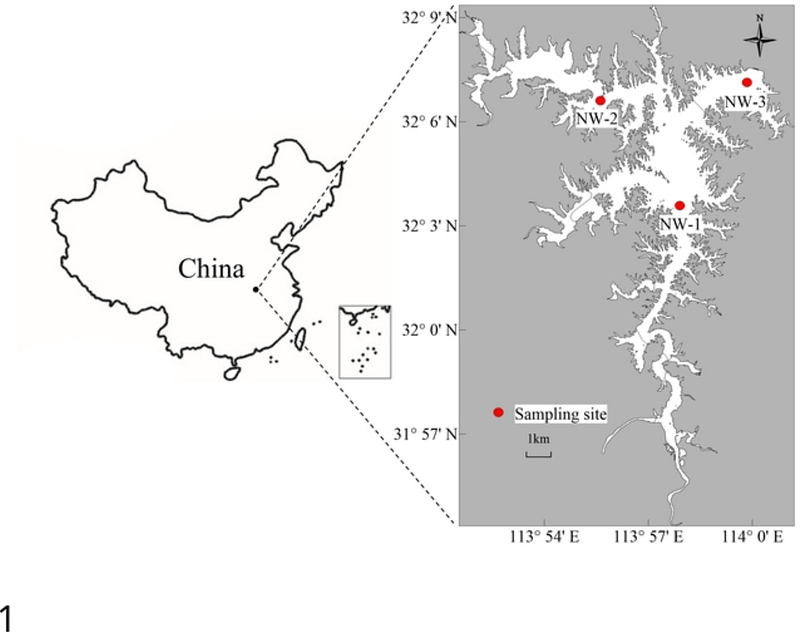Catastrophic drought effects on water quality and phytoplankton biomass in Nanwan Reservoir (Xinyang, China)

Catastrophic drought effects on water quality and phytoplankton biomass in Nanwan Reservoir (Xinyang, China)
Wu, K.; Liu, X.; Tian, Y.; Ju, C.; Su, C.; Peng, X.; Ma, Y.; Gao, H.; Guo, X.
AbstractClimate change has led to increasingly frequent and unpredictable droughts and high-temperature events, creating extreme conditions that profoundly impact the productivity of freshwater ecosystems. This study investigates the Nanwan Reservoir, a large and deep reservoir in Xinyang, China, to evaluate the effects of extreme drought events on water quality and phytoplankton production. Field investigations were conducted during both high-temperature and drought (HTD) conditions in 2019, and during non-high-temperature and drought (NHTD) conditions in 2020. Results showed that HTD conditions significantly disrupted the thermocline and oxycline structures, leading to prolonged stratification during the HTD period. Although phosphorus concentrations remained relatively stable across both periods, nitrogen levels were markedly lower during HTD events--likely due to uptake by phytoplankton--indicating a shift in nutrient limitation from phosphorus to nitrogen. Additionally, a complex relationship between environmental variables and phytoplankton biomass was observed under HTD conditions. These findings advance our understanding of primary production responses to extreme weather events in the Nanwan Reservoir and highlight the importance of incorporating such knowledge into water resource management and ecological conservation strategies.